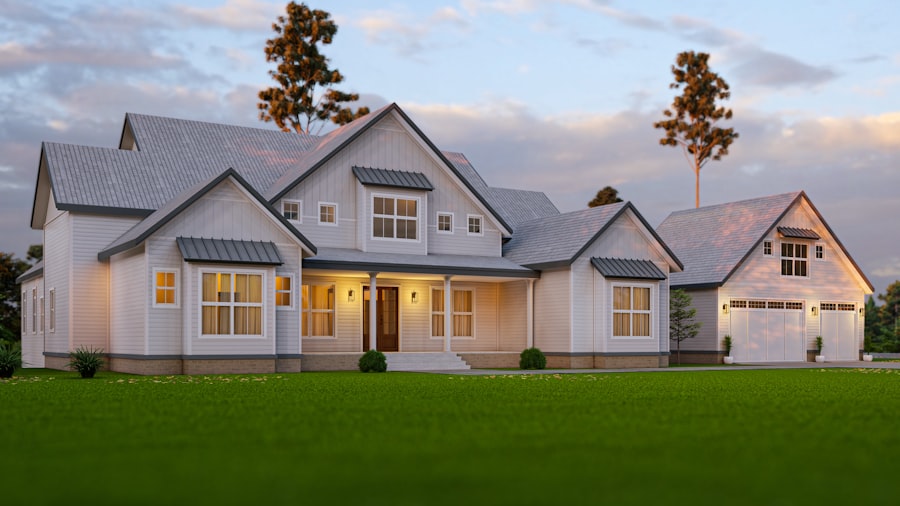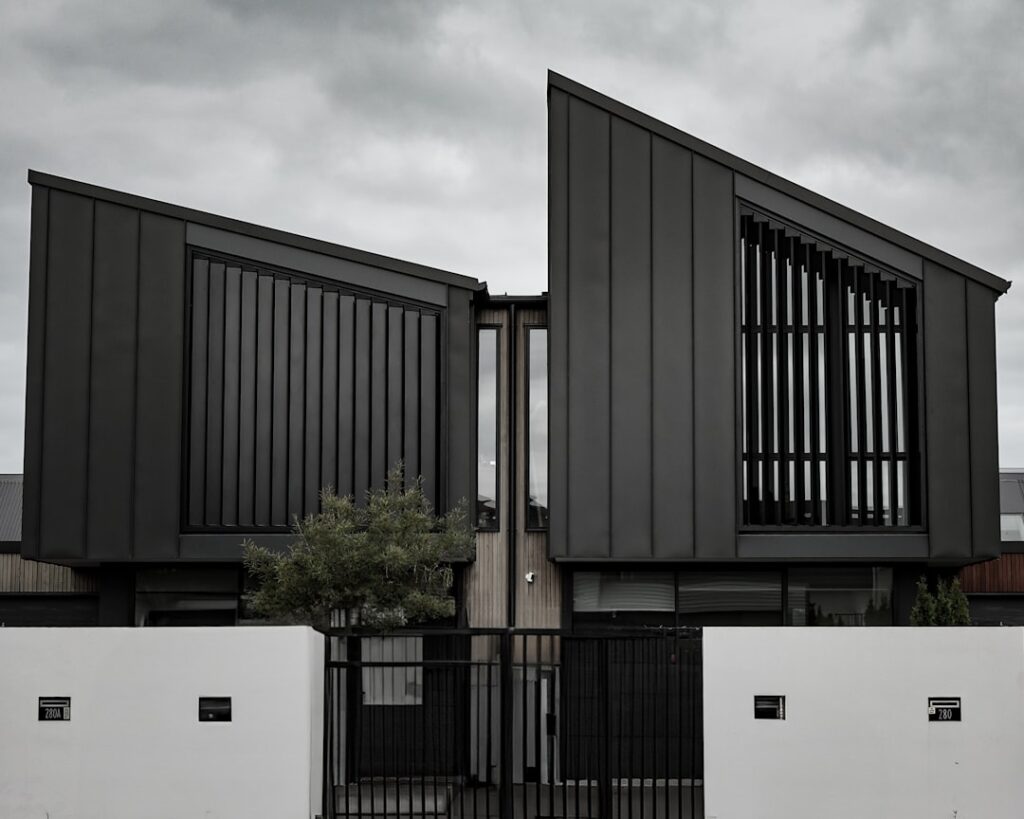As I delve into the world of web development, one of the most intriguing features I’ve encountered is the concept of custom properties, commonly known as CSS variables. These variables allow me to store values that I can reuse throughout my stylesheets, making my CSS more efficient and easier to maintain. Unlike traditional CSS properties, which are static and defined at a specific point in time, custom properties are dynamic and can be manipulated at runtime.
This flexibility opens up a realm of possibilities for creating more interactive and responsive designs. The syntax for custom properties is straightforward. I define them using the `–` prefix, followed by a name of my choosing.
For instance, I might declare a custom property like `–main-color: #3498db;`. This declaration can be placed within any CSS selector, but it’s often done within the `:root` pseudo-class to make the variable globally accessible throughout my stylesheet. By understanding this foundational concept, I can leverage the power of custom properties to streamline my CSS and enhance the overall user experience on my web projects.
Key Takeaways
- Custom properties in CSS, also known as CSS variables, allow for the creation of reusable values for styling elements on a webpage.
- Custom properties are declared using the var() function and can be used to dynamically update styles in CSS.
- JavaScript can be used to dynamically update custom properties, allowing for responsive designs and interactive user experiences.
- Custom properties can be used to create responsive designs by setting different values for different screen sizes or device orientations.
- Custom properties can be used for theming and styling, allowing for easy customization of a website’s appearance.
Declaring and Using Custom Properties in CSS
When it comes to declaring and using custom properties in CSS, the process is both intuitive and rewarding. To start, I simply define a custom property within a selector, typically in the `:root` scope for global access. For example, I might set `–font-size: 16px;` in the `:root` selector.
This allows me to use this variable anywhere in my stylesheet by referencing it with the `var()` function, like so: `font-size: var(–font-size);`. This approach not only reduces redundancy but also makes it incredibly easy to implement changes across my entire site. One of the most significant advantages of using custom properties is their ability to facilitate design consistency.
If I decide to change the primary font size for my website, I only need to update the value of `–font-size` in one place. Instantly, all elements that reference this variable will reflect the new size. This capability is particularly beneficial when working on larger projects or collaborating with teams, as it minimizes the risk of inconsistencies and errors in styling.
Dynamic Usage of Custom Properties with JavaScript

The dynamic nature of custom properties becomes even more apparent when I integrate them with JavaScript. By manipulating these variables through JavaScript, I can create interactive experiences that respond to user actions in real-time. For instance, if I want to implement a theme switcher on my website, I can easily change the values of my custom properties using JavaScript.
By selecting the root element and updating the property values, I can switch between light and dark themes seamlessly. To achieve this, I might use a simple JavaScript function that listens for a button click event. When the button is clicked, I can change the value of `–main-color` from a light shade to a darker one.
The beauty of this approach lies in its simplicity; I don’t need to rewrite my CSS or create separate stylesheets for different themes. Instead, I can dynamically adjust the appearance of my site based on user preferences, enhancing engagement and satisfaction.
Creating Responsive Designs with Custom Properties
Responsive design is a crucial aspect of modern web development, and custom properties play a significant role in achieving this goal. By utilizing media queries alongside custom properties, I can create fluid layouts that adapt to various screen sizes without duplicating code. For example, I might define different values for my custom properties based on breakpoints, allowing me to adjust font sizes, colors, or spacing dynamically.
In practice, this means that when the viewport width changes, my media queries can redefine the values of custom properties like `–font-size` or `–padding`. As a result, elements on my page will automatically adjust their styles according to the defined variables. This not only simplifies my CSS but also ensures that my designs remain consistent and visually appealing across devices, from mobile phones to large desktop screens.
Using Custom Properties for Theming and Styling
Theming is another area where custom properties shine brightly. By defining a set of custom properties for different aspects of my design—such as colors, fonts, and spacing—I can create a cohesive theme that can be easily applied or switched out as needed. For instance, if I have a primary color defined as `–primary-color`, I can use this variable throughout my stylesheets for buttons, backgrounds, and text elements.
When it comes time to implement a new theme or make adjustments to an existing one, I can simply update the values of these custom properties without having to sift through countless lines of CSS. This approach not only saves time but also allows for greater creativity and experimentation with design variations. Whether I’m working on a personal project or collaborating with clients, the ability to quickly adapt themes using custom properties enhances my workflow significantly.
Best Practices for Naming and Organizing Custom Properties

As I embrace the power of custom properties in my projects, I’ve learned that naming and organizing them effectively is crucial for maintaining clarity and usability. A well-structured naming convention helps me and others understand the purpose of each variable at a glance. For instance, I might use prefixes like `–color-`, `–font-`, or `–spacing-` to categorize my variables logically.
This practice not only aids in organization but also prevents naming conflicts and confusion down the line. Additionally, grouping related custom properties together within my CSS can enhance readability. By keeping all color-related variables in one section and typography-related variables in another, I create a more navigable stylesheet.
Documenting these variables with comments can also be beneficial; it provides context for future developers (or myself) who may work on the project later. By following these best practices for naming and organizing custom properties, I ensure that my stylesheets remain clean and maintainable over time.
Overriding and Inheriting Custom Properties
One of the fascinating aspects of custom properties is their ability to be overridden and inherited within different scopes. When I declare a custom property within a specific selector, it takes precedence over any global definitions made in the `:root`. This feature allows me to create variations in styles without affecting other elements on the page.
For example, if I have a button component that requires a different background color than what’s defined globally, I can simply override `–main-color` within that button’s selector. Inheritance also plays a vital role in how custom properties function. If I define a custom property on a parent element, all child elements will inherit that property unless they have their own definition that overrides it.
This behavior allows me to create cascading styles that maintain consistency while still providing flexibility for individual components. Understanding how to effectively use overriding and inheritance with custom properties empowers me to create more sophisticated designs with minimal effort.
Browser Support and Fallbacks for Custom Properties
As I explore the capabilities of custom properties, it’s essential to consider browser support and potential fallbacks for older browsers that may not recognize this feature. Fortunately, most modern browsers have adopted support for CSS variables; however, there are still some legacy browsers that do not support them at all. To ensure that my designs remain functional across all platforms, I often implement fallback values alongside my custom properties.
For instance, when declaring a custom property like `–main-color`, I might also provide a fallback value directly within the property declaration: `color: var(–main-color, #3498db);`. This way, if a browser does not support custom properties, it will default to using the specified fallback color instead. By being mindful of browser compatibility and implementing fallbacks where necessary, I can confidently utilize custom properties while ensuring that all users have a consistent experience on my website.
In conclusion, as I continue to explore the vast landscape of web development, custom properties have become an invaluable tool in my toolkit. Their ability to streamline CSS management, enhance responsiveness, facilitate theming, and integrate seamlessly with JavaScript has transformed how I approach styling in my projects. By adhering to best practices for naming and organization while being mindful of browser support, I can harness the full potential of custom properties to create dynamic and engaging web experiences.
For those interested in enhancing their web development skills, particularly in the realm of CSS, the article “Using Custom Properties (CSS Variables) Effectively” provides valuable insights. To further expand your knowledge, you might find it beneficial to explore additional resources on web technologies. A related article that could complement your understanding is available on the blog section of The Sheryar’s website. You can access it by visiting this link, where you’ll find a variety of topics that delve into web development and other tech-related subjects.
FAQs
What are custom properties (CSS variables)?
Custom properties, also known as CSS variables, are entities defined by CSS authors that contain specific values to be reused throughout a document.
How are custom properties defined in CSS?
Custom properties are defined using the `–` prefix followed by a name, and assigned a value using the `var()` function. For example: `–main-color: #ff0000;`.
What are the benefits of using custom properties?
Using custom properties allows for easier maintenance and consistency in styling, as values can be reused and updated in a single location. They also provide more flexibility and control over styling.
How can custom properties be used effectively?
Custom properties can be used effectively by defining them at a global scope, using them for responsive design, and leveraging them for theming and dynamic styling.
Can custom properties be used in all modern browsers?
Custom properties are supported in all modern browsers, including Chrome, Firefox, Safari, and Edge. However, they are not supported in Internet Explorer.
